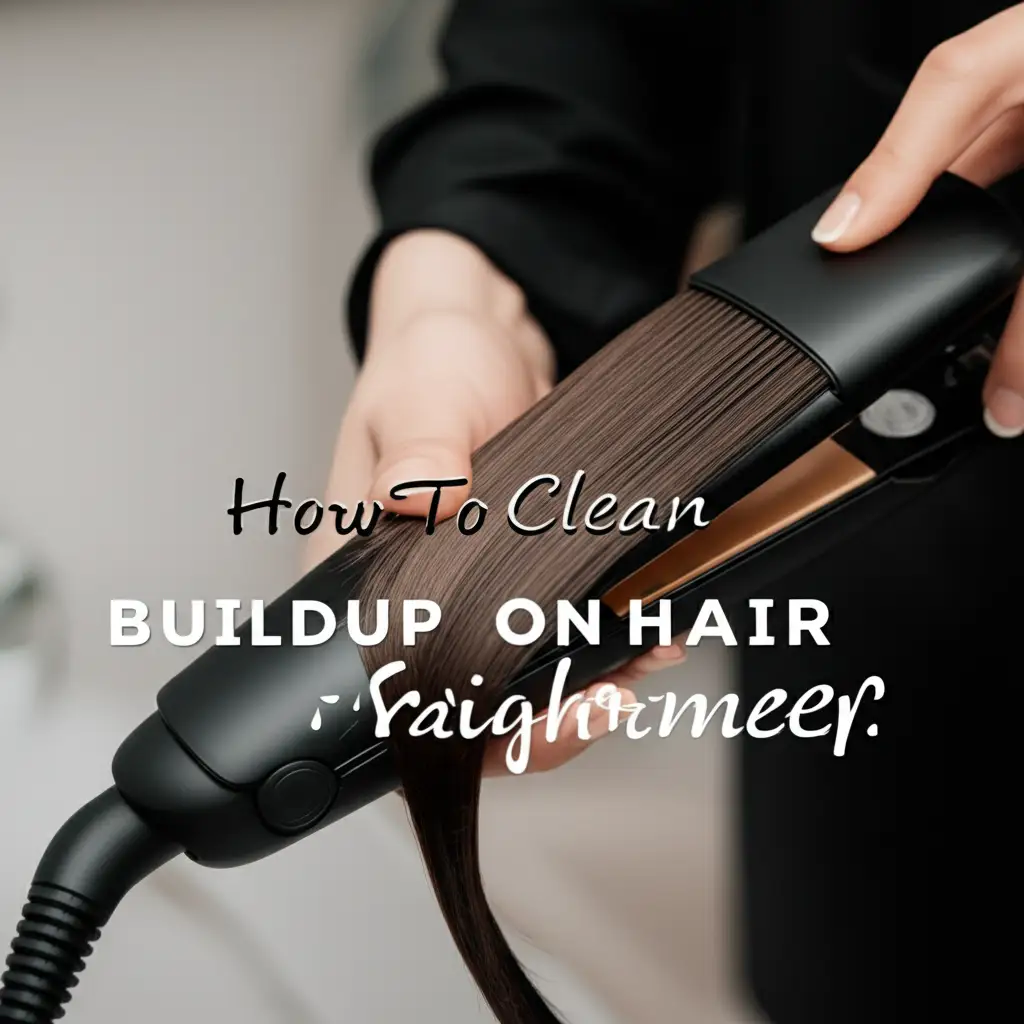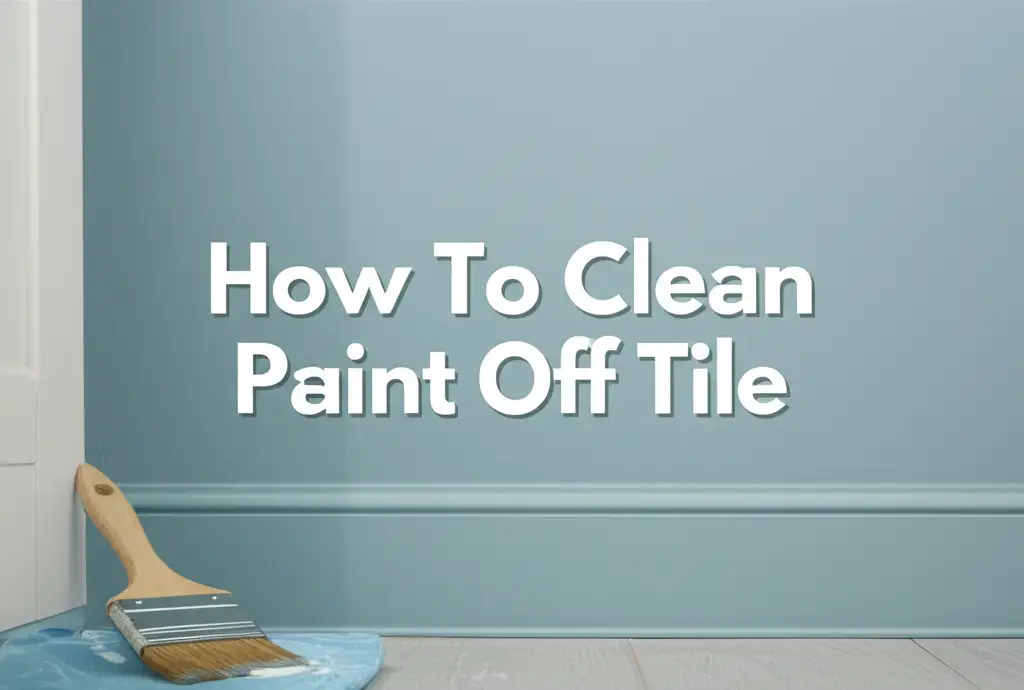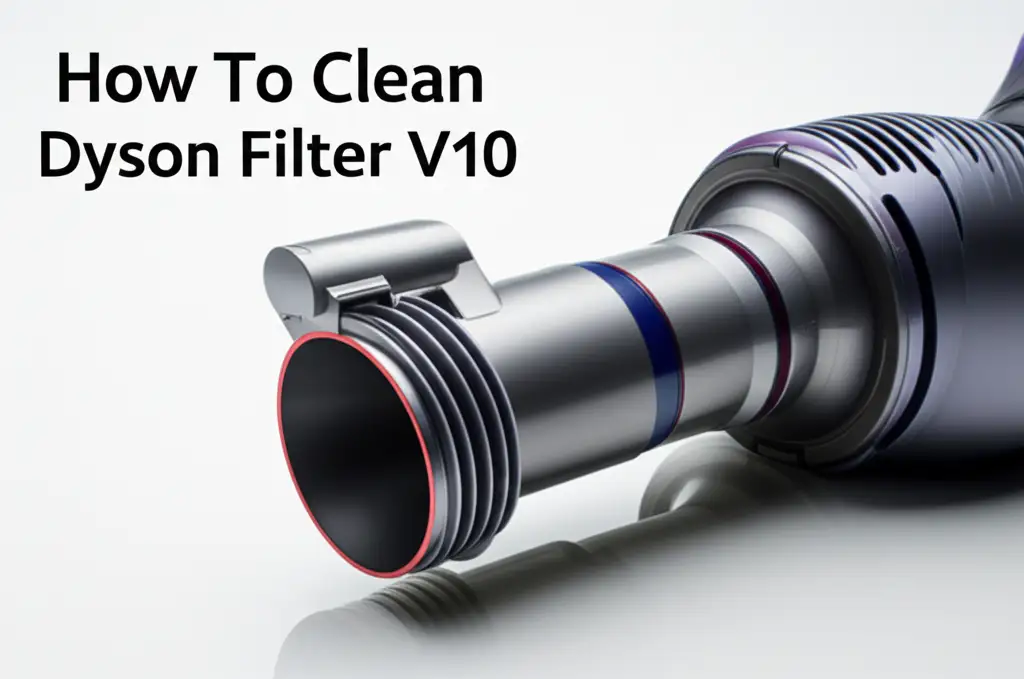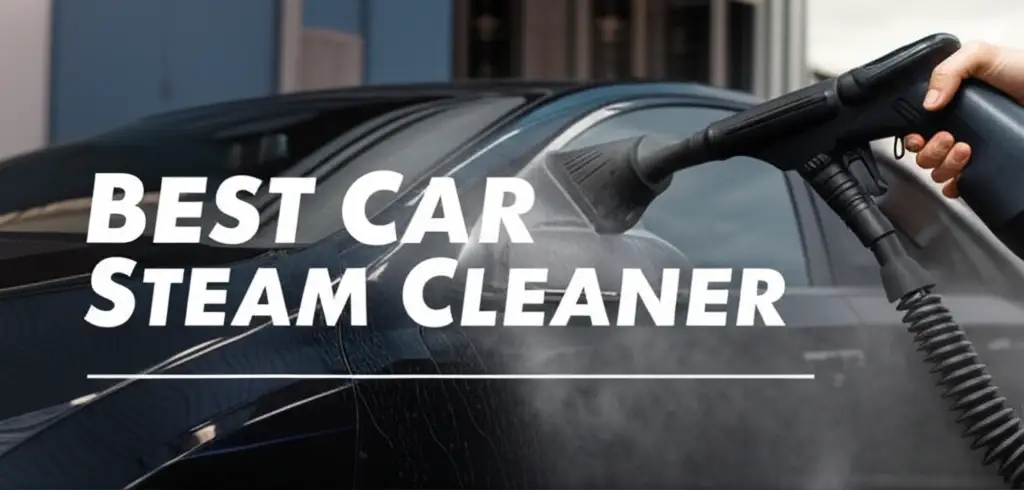· Cleaning · 10 min read
How To Clean Buildup On Hair Straightener

Restore Your Straightener: How to Clean Buildup for Better Styling
Do your hair straightener plates feel sticky or look dull? This often means product buildup has accumulated. Over time, styling products, natural hair oils, and dust settle on the heated plates. This buildup makes your straightener less effective. It also transfers grime to your clean hair. Learning how to clean buildup on hair straightener devices is simple. It helps your tool perform better. A clean straightener heats evenly. It glides through hair smoothly. This guide shows you how to remove this unwanted residue. We provide step-by-step instructions. You will learn easy methods for different buildup levels. Keep reading to restore your styling tool.
Takeaway:
- Regularly clean your hair straightener to improve its performance and lifespan.
- Use gentle cleaners like rubbing alcohol or specialized solutions for mild buildup.
- Tackle stubborn grime with baking soda paste or careful use of nail polish remover.
- Always unplug your straightener and let it cool completely before cleaning.
- Store your straightener properly to prevent future buildup.
To clean buildup on a hair straightener, first unplug the device and let it cool. Wipe the plates with a damp cloth to remove loose dirt. For product residue, use cotton pads dipped in rubbing alcohol. Gently rub the plates until clean. For stubborn spots, a baking soda paste can help. Always dry the straightener completely before plugging it in again.
Why Cleaning Your Hair Straightener Matters for Hair Health
Your hair straightener is a styling essential. It helps you achieve smooth, sleek hair. However, it collects product residue and natural oils with each use. This accumulation forms a sticky, dark buildup on the plates. This grime affects your hair and your tool. A dirty straightener does not heat evenly. It can snag your hair as you style.
This buildup also transfers old product and dirt back onto your clean hair. This makes your hair look dull or feel greasy. It also prevents your straightener from gliding smoothly. This can cause hair damage due to increased friction. Regular cleaning protects your hair from unnecessary heat exposure. It also prevents the spread of bacteria.
A clean hair straightener operates at its best. It heats up correctly. It maintains a consistent temperature. This ensures even styling results. Clean plates glide through your hair with ease. This reduces pulling or snagging. Regular cleaning extends the life of your expensive tool. It also ensures healthy, shiny hair with every use.
Identifying Different Types of Buildup on Your Styling Tool
Recognizing buildup on your hair straightener is the first step. Different types of residue may appear. The most common type comes from hair products. Hair sprays, serums, and heat protectants leave a sticky film. This film hardens when heated. It creates a dark, crusty layer on the plates.
Natural hair oils and dead skin cells also contribute. These combine with product residue. They form a greasy, dull coating. You might see small, dark spots. The plates may lose their shiny appearance. Sometimes, you might even notice a burning smell during use. This indicates significant accumulation.
Another type of buildup is dust and lint. These particles get trapped on the plates, especially when the straightener is stored. They mix with any existing sticky residue. This creates a fuzzy, dirty layer. Examine your straightener under good light. Check the plate edges and hinges. Buildup often collects in these harder-to-reach areas. Identifying the type helps you choose the best cleaning method.
Essential Supplies for Effective Straightener Cleaning
Gathering your cleaning supplies before you start is helpful. You likely have most items at home. These tools help you clean your hair straightener safely. Always ensure your straightener is unplugged and cool before touching it. This prevents burns and electrical hazards. Safety comes first when handling any appliance.
You will need soft cloths or cotton pads. Microfiber cloths work well for polishing. Cotton pads are good for applying liquids. Rubbing alcohol (isopropyl alcohol) is a primary cleaning agent. It cuts through oily residue effectively. Distilled water can be used for light wiping. Some methods might call for baking soda. This creates a gentle abrasive paste.
For stubborn spots, a non-abrasive scrubber may be useful. An old toothbrush can reach tight spots. Avoid anything metallic or sharp. These items can scratch the delicate plates. Nail polish remover (acetone) is an option for very tough buildup. Use it with caution and test a small area first. Gather everything before you begin. This makes the cleaning process smooth.
Step-by-Step Cleaning for Mild Buildup
Cleaning mild buildup on your hair straightener is quick. You can do this regularly. This prevents heavier accumulation. Always start by unplugging your straightener. Let it cool completely to room temperature. Hot plates can cause burns. They also evaporate cleaning solutions too quickly.
First, wipe down the cooled plates with a dry, soft cloth. This removes loose dust and hair. You can also use a paper towel. Next, dampen a cotton pad or soft cloth with rubbing alcohol. Rubbing alcohol is effective for light product residue. Gently wipe the straightener plates. Apply light pressure. Focus on areas with visible grime.
You will see the dirt transfer onto your cloth. Change the cotton pad as it gets dirty. Continue wiping until the plates appear clean. Use a clean, damp cloth to wipe away any alcohol residue. Finally, dry the plates thoroughly with a clean, dry cloth. Ensure no moisture remains before storage or use. This simple method keeps your straightener in good condition. Consider also checking out tips on how to clean buildup on hair brush for other hair tools.
Tackling Stubborn Buildup and Grime
Stubborn buildup requires more effort. It often looks like a thick, dark crust. This grime sticks firmly to the plates. Do not scrape it with sharp objects. This can damage the straightener’s coating. Always ensure the straightener is unplugged and cool. Safety is key before you begin.
One effective method uses baking soda. Mix a small amount of baking soda with water. Create a thick paste. Apply this paste to the dirty areas on the plates. Let it sit for a few minutes. This allows the baking soda to loosen the grime. Use a soft cloth or an old toothbrush to gently scrub the paste. Move in small, circular motions. The mild abrasive nature of baking soda helps lift the buildup. You can also apply similar methods used to clean hair brushes with baking soda for other hair tools.
For extremely stubborn spots, a small amount of nail polish remover (acetone) can work. Apply it to a cotton swab. Dab it onto the specific spot. Do not rub vigorously. Wipe it off quickly. Acetone is strong and can strip some coatings if left on too long. Always test on an inconspicuous area first. Afterward, wipe the plates clean with a damp cloth. Then dry them completely.
Maintaining Cleanliness and Preventing Future Buildup
Keeping your hair straightener clean extends its life. It also keeps your hair looking its best. Regular maintenance is simpler than deep cleaning. Make cleaning a routine. Wipe down your straightener after each use. A quick wipe with a dry cloth removes fresh product residue. This stops buildup from hardening.
Store your straightener properly. Do not leave it open on a dusty counter. Use a heat-resistant pouch or case. This protects the plates from dust and lint. It also prevents accidental scratches. If your straightener came with a cap for the plates, use it. This adds an extra layer of protection.
Consider adjusting your product application. Apply heat protectant sprays and serums to your hair before straightening. Let them absorb fully. Avoid spraying directly onto the straightener plates. This minimizes the amount of product that transfers. If you use a lot of styling products, clean your straightener more often. Even a quick clean weekly can make a big difference. For more general hair tool cleaning tips, explore how to clean hair brushes with hydrogen peroxide.
When to Consider Replacing Your Hair Straightener
Even with regular cleaning, hair straighteners do not last forever. They have a lifespan. Knowing when to replace your old straightener saves you time and hair damage. If your straightener shows consistent signs of trouble, replacement might be necessary. This includes issues beyond simple plate buildup.
Look for physical damage. Are the plates chipped or scratched? This can snag and damage your hair. Does the cord fray? A damaged cord is a fire hazard. Does the straightener fail to heat up properly? Uneven heating or no heat at all means internal problems. Does it take a long time to reach temperature? This shows reduced efficiency.
Also, notice changes in performance. Does your hair not straighten as effectively? Do you need more passes to get results? This means the plates are no longer efficient. Does it produce a strange smell, like burning plastic, even after cleaning? This is a serious warning sign. Replacing an old, faulty straightener protects your hair. It also ensures your safety during styling. Investing in a new, reliable tool is a smart choice.
FAQ Section
How often should I clean my hair straightener?
Clean your hair straightener after every 1-3 uses for light maintenance. If you use many hair products, clean it weekly. A deeper clean is needed monthly or when you see significant buildup. Regular cleaning prevents stubborn grime. It keeps your tool working well.
Can I use water to clean my hair straightener?
You can use a slightly damp cloth with water for light surface wiping. However, never submerge your straightener in water. Water can damage the internal electronics. Always ensure plates are completely dry before plugging in. Rubbing alcohol works better for product buildup.
What should I avoid when cleaning my flat iron?
Avoid abrasive scrubbers like steel wool. Do not use metal tools or sharp objects to scrape the plates. These can scratch or damage the delicate coating. Avoid strong chemical cleaners like bleach or oven cleaner. These products can ruin the straightener’s finish.
Why does my hair straightener still smell after cleaning?
A lingering smell might indicate deeply embedded product residue. It could also suggest internal electrical issues. Ensure you cleaned all edges and crevices thoroughly. If the smell persists, especially a burning smell, it might be time to replace the straightener for safety reasons.
Can cleaning extend the life of my hair straightener?
Yes, absolutely. Regular cleaning prevents wear and tear on the plates. Buildup forces the straightener to work harder. This reduces its efficiency over time. A clean straightener maintains consistent heat. It glides smoothly. This extends its operational lifespan significantly.
Is it safe to use rubbing alcohol on hair straightener plates?
Yes, rubbing alcohol (isopropyl alcohol) is safe for most hair straightener plates. It effectively dissolves product residue and oils. Apply it to a cotton pad, not directly on the plates. Always ensure the straightener is cool and unplugged first. Wipe away any residue afterwards with a clean, damp cloth.
Conclusion
Keeping your hair straightener clean is a simple yet vital task. It helps maintain your styling tool’s performance. It also protects your hair’s health. We covered how to clean buildup on hair straightener devices with easy methods. You now know the difference between mild and stubborn grime. You also have the right cleaning supplies. Remember to always unplug and cool your straightener first. Use gentle, effective cleaners like rubbing alcohol or baking soda paste.
Regular maintenance prevents heavy accumulation. A quick wipe after each use makes a big difference. Proper storage also protects your plates from dust and damage. By following these steps, your hair straightener will glide smoothly. It will deliver consistent, beautiful results every time. Take care of your tools. They will take care of your hair. Start your cleaning routine today and enjoy perfectly styled hair.
- hair straightener cleaning
- flat iron buildup
- clean styling tools
- product residue
- maintain hair tools




